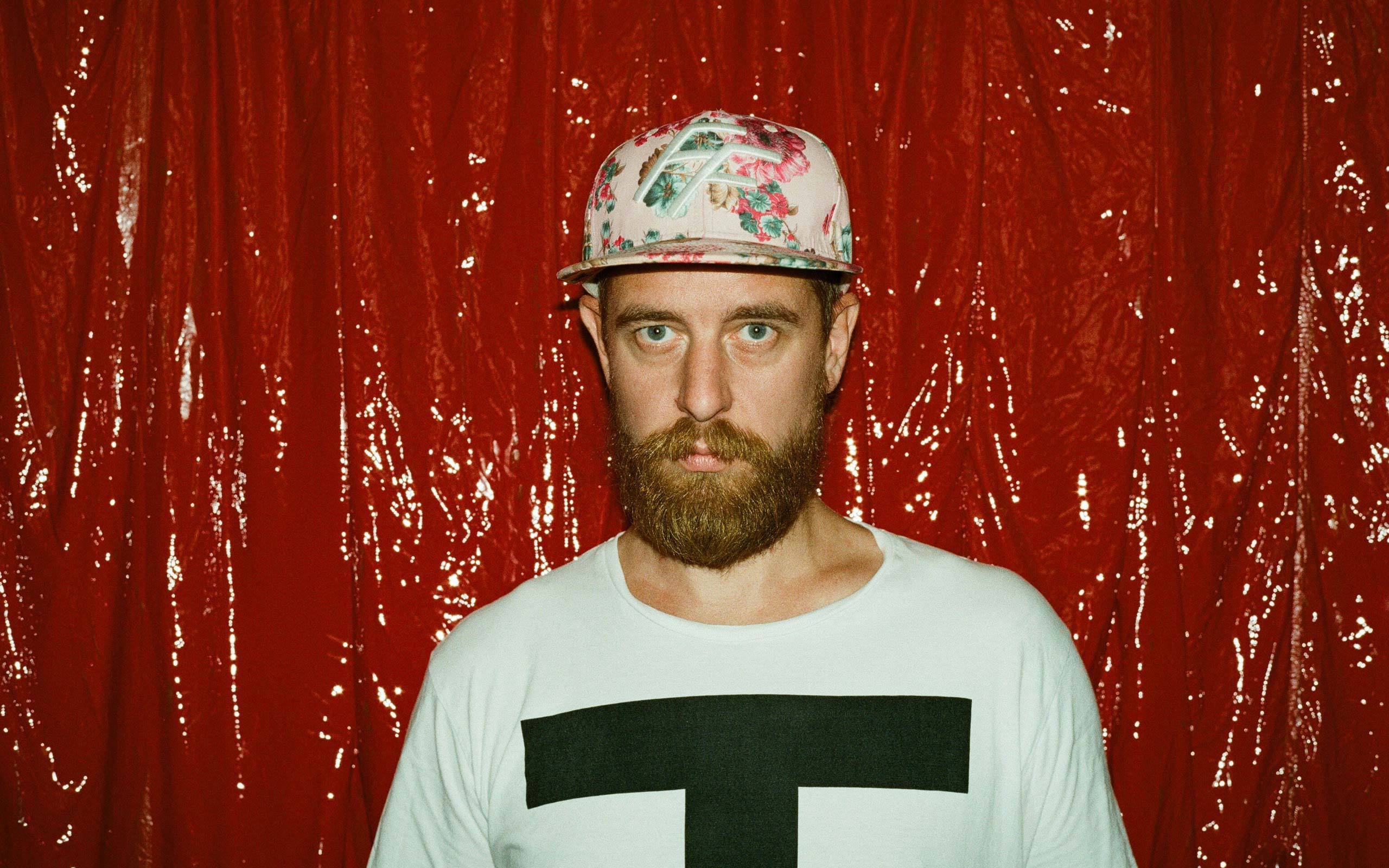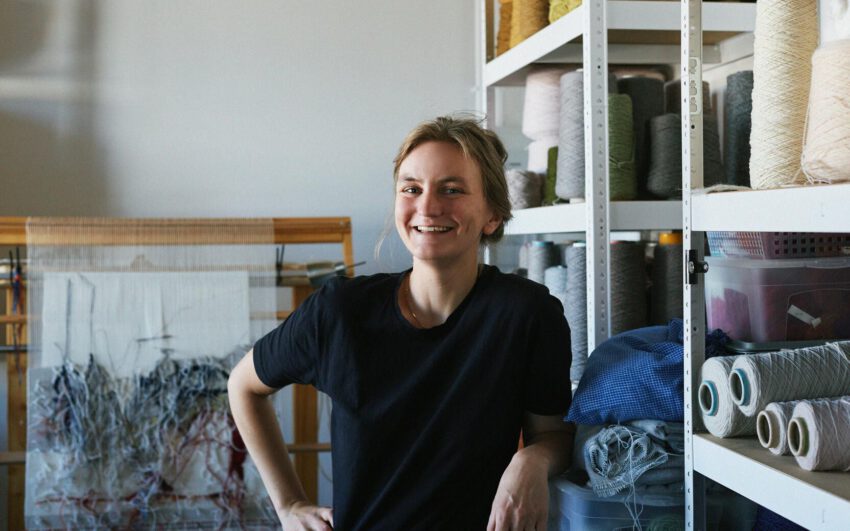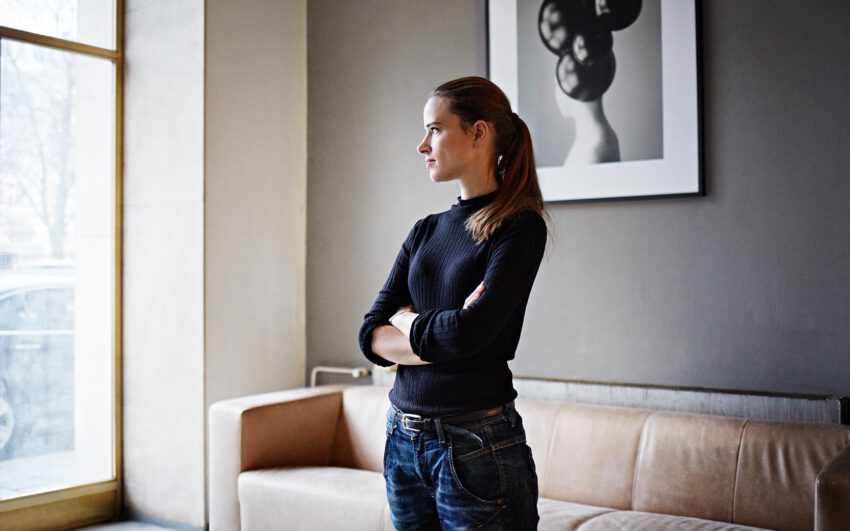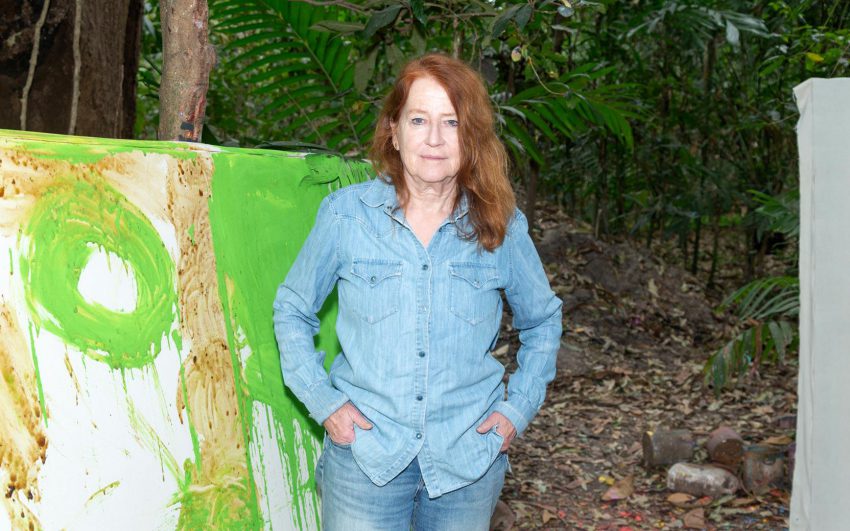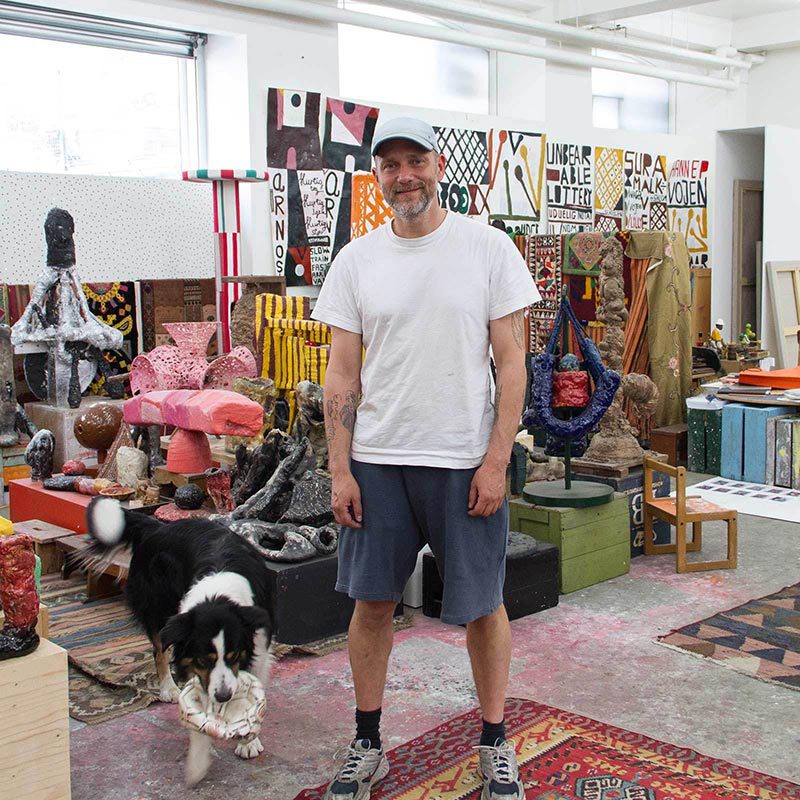City maps, fences, and ruins have fascinated the artist Clemens Wolf, who gained his first artistic experiences as a graffiti sprayer in the urban space. Today, the professional painter is occupied with an aesthetic of decay, which he captivates in a painterly, sculptural manner and in the form of installations. In the process unmanipulated moments evolve and play with the deception of the art audience’s perception.
Clemens, how did your interest in art and your art study develop?
I began to get interested in graffiti and street art at age fifteen, becoming a “sprayer” myself. What began illegally with damaging the property of others became legal with commissioned work. Later I studied art history and economics in Vienna, however, I abandoned these subjects in order to study art in Linz.
Vienna has two well-known art universities. Why did you choose Linz?
My artistic access was based on my interest in graffiti art and the urban space as functioning art-surface. I didn’t feel I would be able to find the right way for myself in Vienna. My choice of Linz was purely a gut decision, I felt very comfortable at the Art University Linz where I found what I needed: a laboratory. This lab gave me the opportunity to explore my artistic interests and potential. I was able to experiment with painting techniques, photography, silkscreening and other printing processes and develop my artistic work methods.
Why did painting become your preferred practice?
I acquired an enormous amount of knowledge in studying painting. It allowed me to experiment a lot and to discover the canvas as my new “playground”. All the experiences that I gained in the medium of graffiti and in dealing with the public space that I had used for quite some time, entered into my painting. From the borderline between subculture and artistic demands evolved my interest in ruins, subsequently my search for duration and interest in the beauty of decay developed; these themes have captivated me until today.
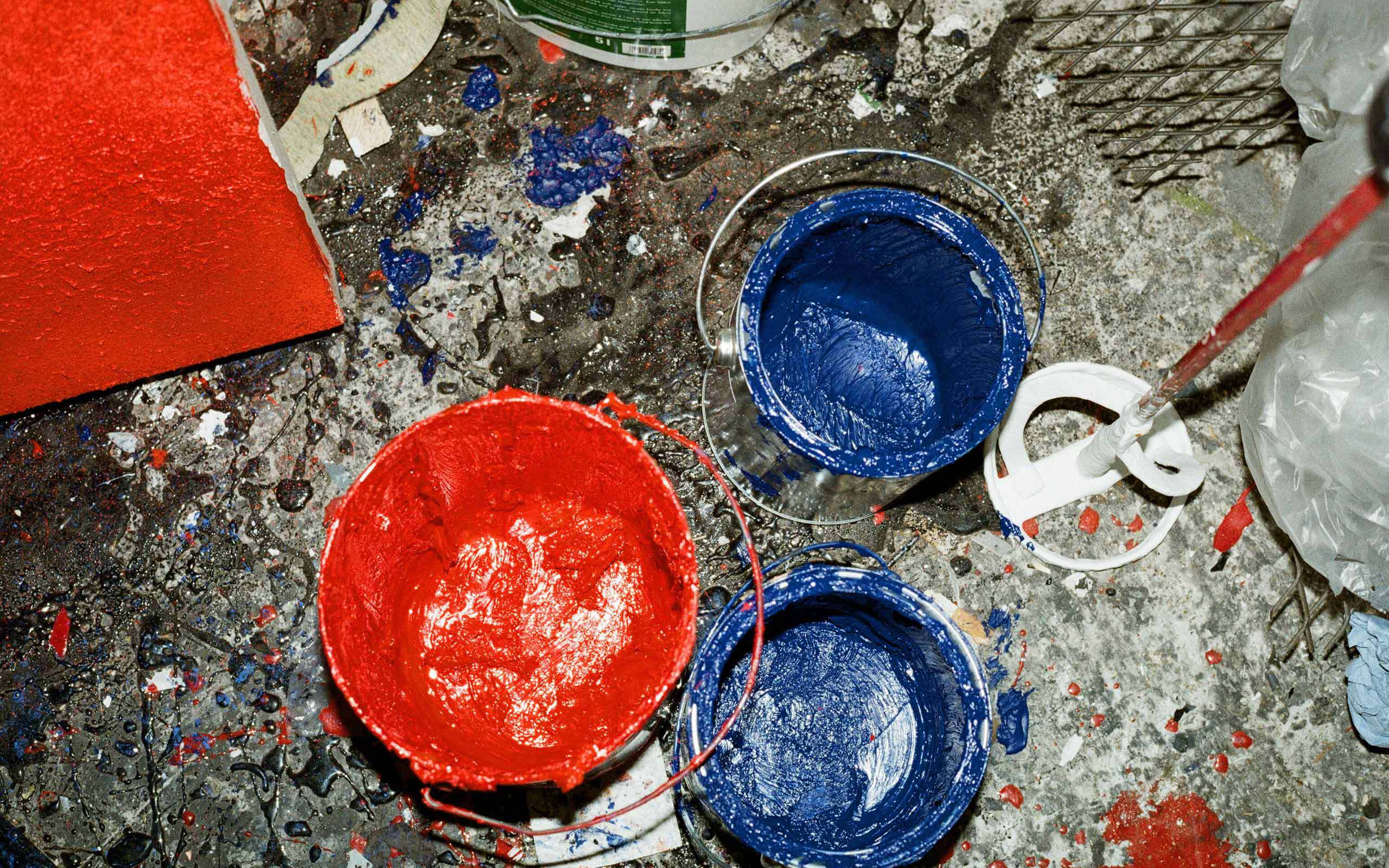
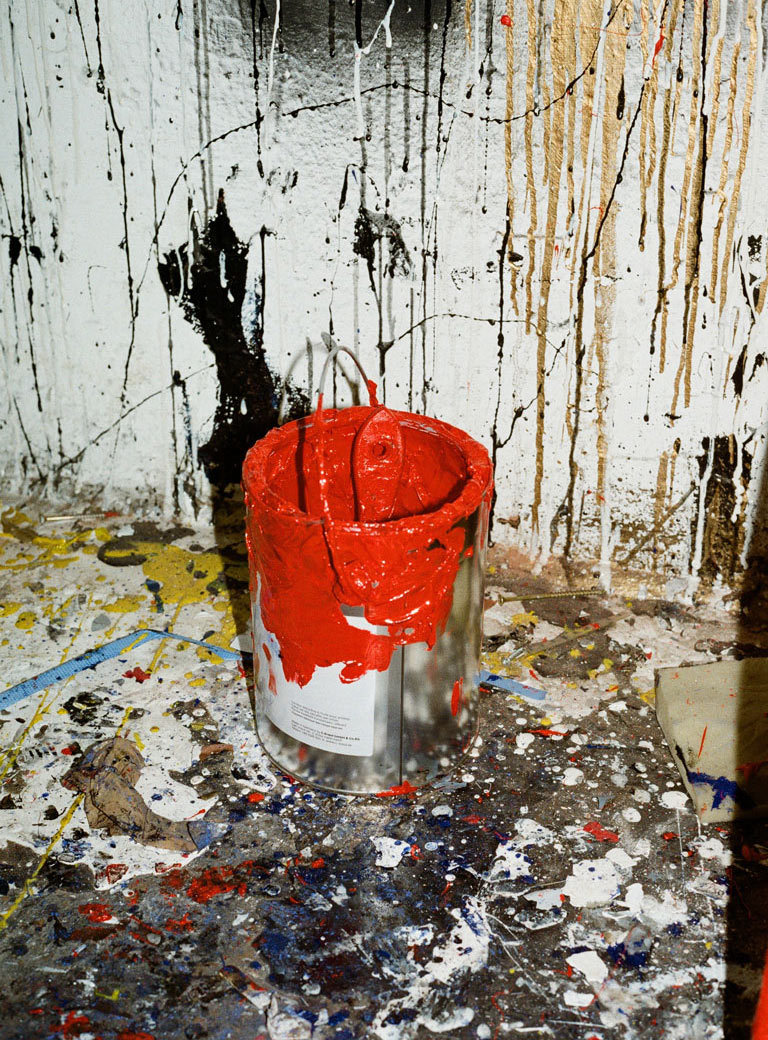
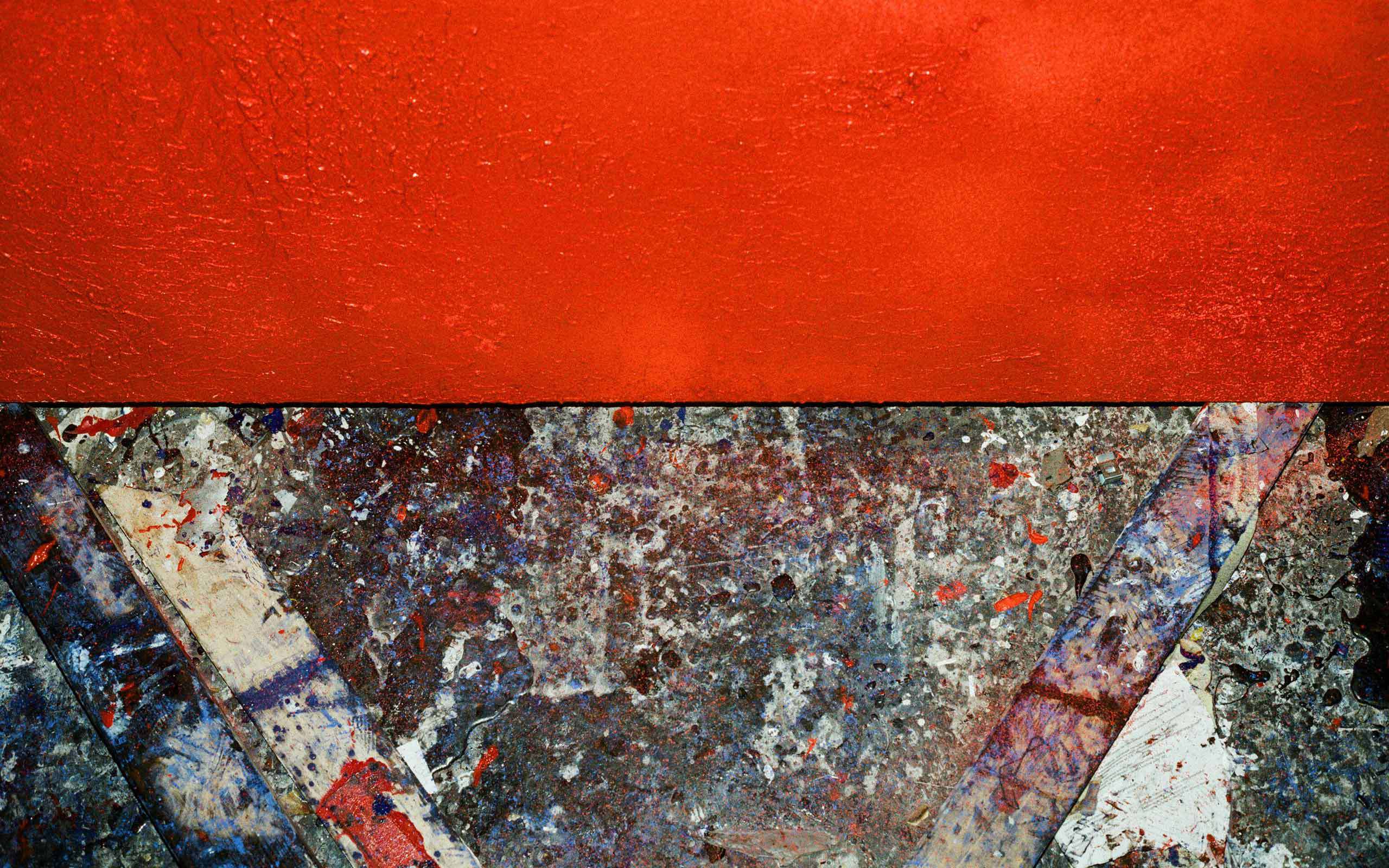
You describe yourself as a painter but you also do installations that cannot really be associated with painting. How do you explain that?
Jannis Kounellis once said that he was a painter and that his most important tools were light and space. This sentence has strongly influenced me. Kounellis’ installations are paintings that were created with his preferred tools and raise questions regarding the definition of painting and sculpture. I too, play with these questions by using the romantic components of classical painting of light, space, and depth in a new way. Being a professional painter doesn’t mean that I spend my life in the two-dimensionality of canvases. The perspectives of my work result from the exploration of painting, sculpture, and installation. Ultimately, it is important that viewers engage themselves in my work and I can formulate the origin of my ideas.
What tools are you using to create your works?
Canvas and oil paint are very present in my work. However, I also fetishize various materials using a lot of paper cuttings. The paper cuttings provide a connection to paper and have a fragility. I am always trying to break with prescribed materials. For this reason I treat paper like steel and steel like paper which results in the fraud of perception, “deception”. With this “fraud” I break classical art rules which allows me to explore my art physically in order to uncover this “fraud” and enable questioning.
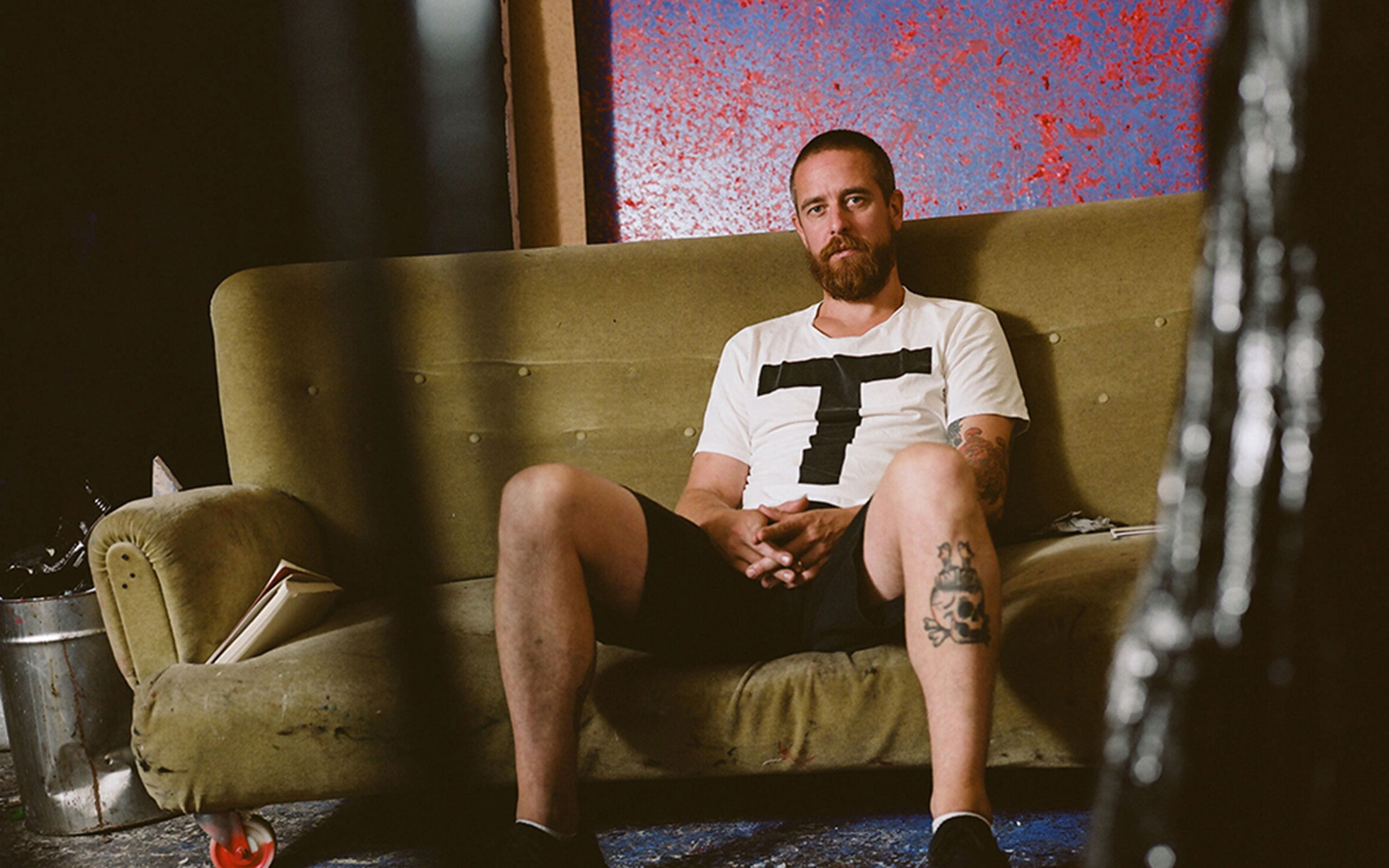
Can you explain this on the basis of your artworks?
The “deception of perception” is obvious in my series Parachute Sculptures from 2015 to 2018. Here I treated parachutes with colored epoxy resin, which give my painterly sculptures a soft and wet, at the same time heavy appearance. In reality, however, the parachutes are dry, very light, and hard. In order to be able to filter out the true consistency of the works they must be treated physically, be touched, which is encouraged in my art but because of traditional “art rules” occurs only with hesitation. It is, however, an important element for the interaction with my art in order to engage and to react.
Which reaction is to be expected in viewing your art?
It is important to me that looking at my art results in a reaction, but I do not provide references. In the case of the Parachute Sculptures viewers stand in front of abstract objects which appear both strange and familiar, the treated parachute clearly recognizable. But my artistic intervention into the “rescue object” initiates a game with the cognitive memory, posing various questions: What lets me recognize the sculpture? What remains unknown to me? How can I explore the unknown? The sculptures tell a story that can be read through the mathematics of gravitation and in the manner of the parachute’s “falling”.
Do the already mentioned moment of decay and the question of the transience of beauty play a role?
Yes, because with the Parachute Sculptures I freeze an irretrievable moment. I have worked one year on capturing the moment shortly before the parachute falls to the ground. One can also speak of an unmanipulated moment that becomes evident. In 2016, subsequent to the parachute works the Parachute Paintings evolved, they capture the parachutes’ accidental forming of the folds on canvas.
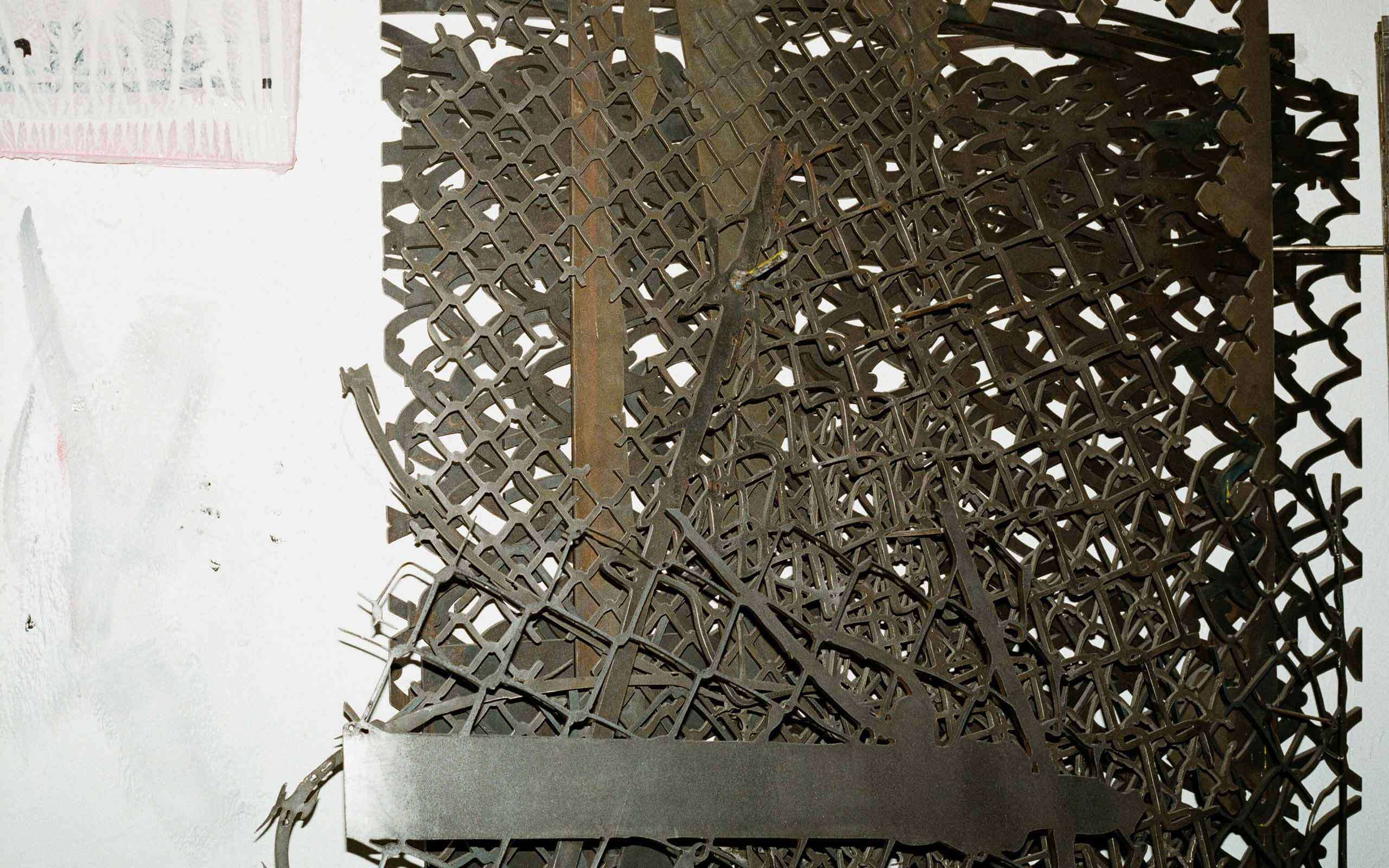
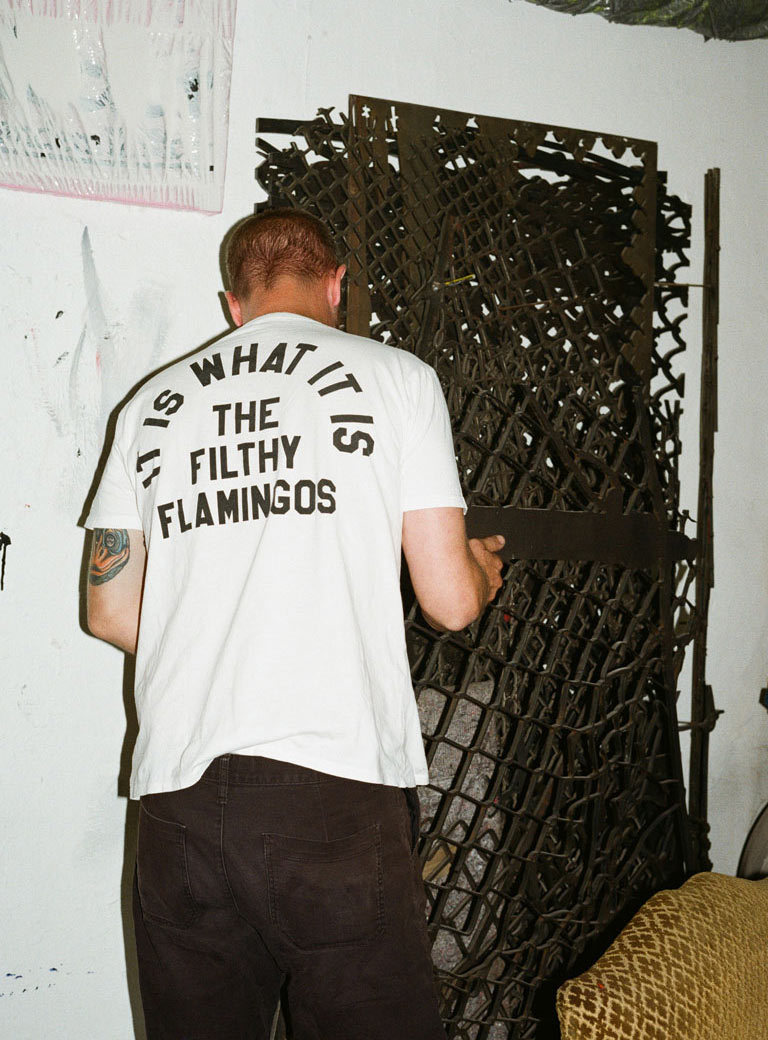
How does the question of transience and “capturing the moment” manifest in your exploration of ruins of buildings?
I investigate the time leading up to the collapse of the ruin and its ablation which indicates that it is passing into its final period of decay. I relate to feel with Johann Wolfgang von Goethe, who held a special passion for ruins, and I see the appeal of ruins, which I experienced in my youth, regarding a dilapidated house as a refuge and invitation to creative action. I find it exciting how an empty building combines directly with the nature of its surroundings or is utilized for intermediate use. Often it is artists who acquire decaying spaces as temporary production and exhibition spaces. In this sense a ruin functions as multiplier by serving as a surface for graffiti or for storing site-specific artworks thus prolonging the rate of decay.
Some “ruins” like the flak towers in Vienna, are not allowed to decay and are in fact further developed. How do you see this development?
I consider the flak towers in Vienna monuments and am pleased that they cannot be removed but continue to characterize Vienna’s cityscape. They contain an important part of history that Austria should confront. Their existence reminds us of past history and the missing historical revision. With the transformation of the flak towers into the House of the Ocean in the sixth district a part of history will certainly vanish. It is a great pity that Lawrence Weiner’s artwork on the façade has to go. However, I understand his wish to remove the writing because it cannot be reconciled with the plans for the House of the Ocean.
Can you speak about a ruin that has particularly impressed you?
I always found the concrete factory in Rodaun near Vienna extremely exciting – a huge theme park waiting to be discovered. When I was there for the first time it was still completely furnished and abandoned and reminiscent of pictures one sees of Chernobyl.
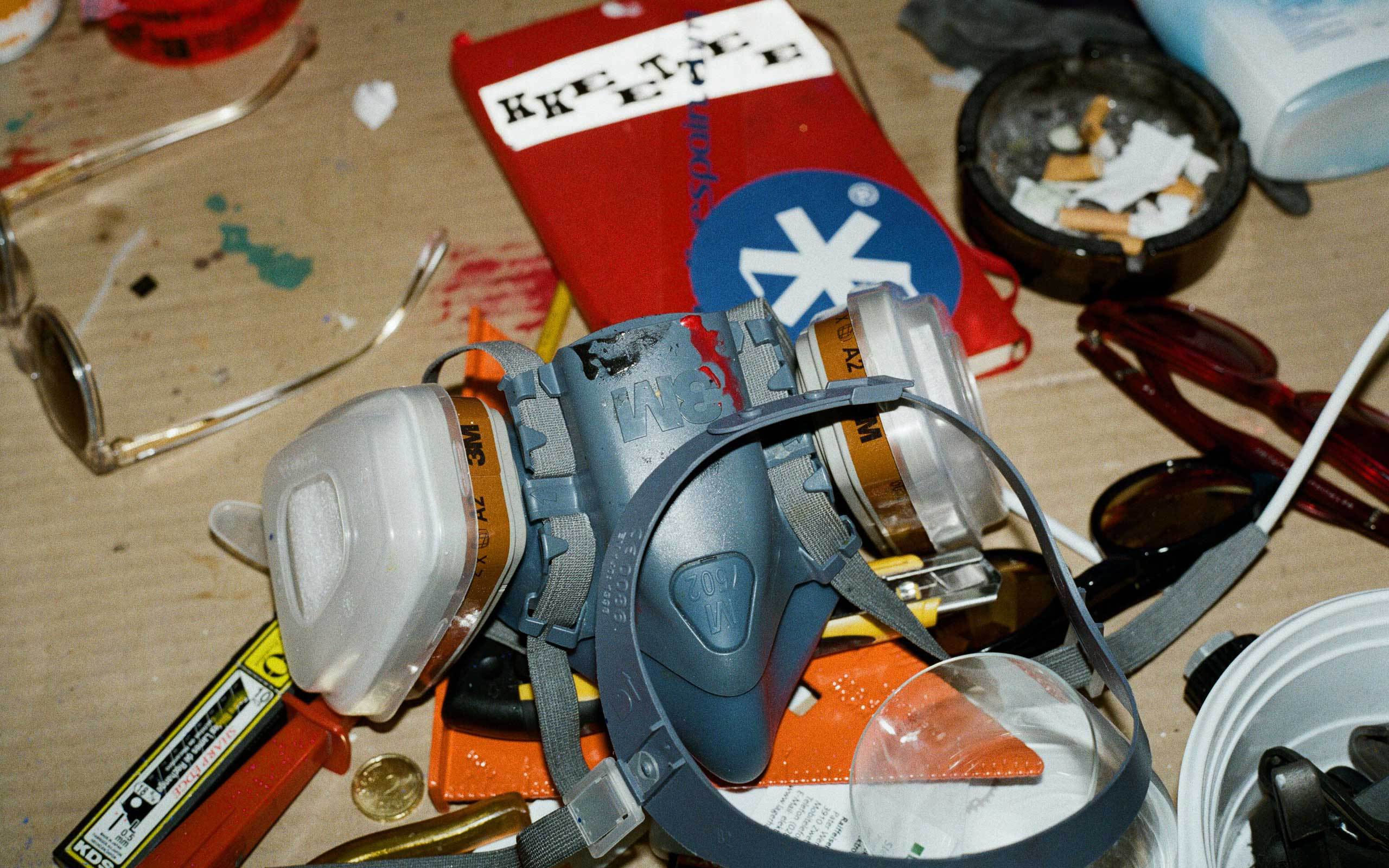
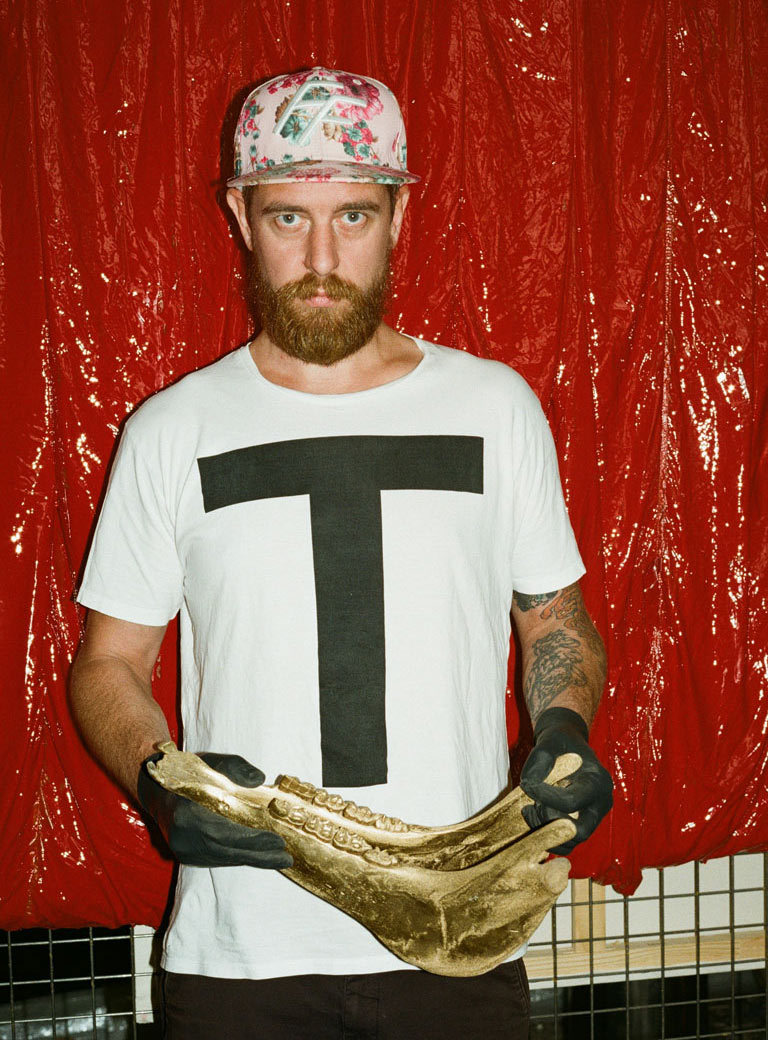
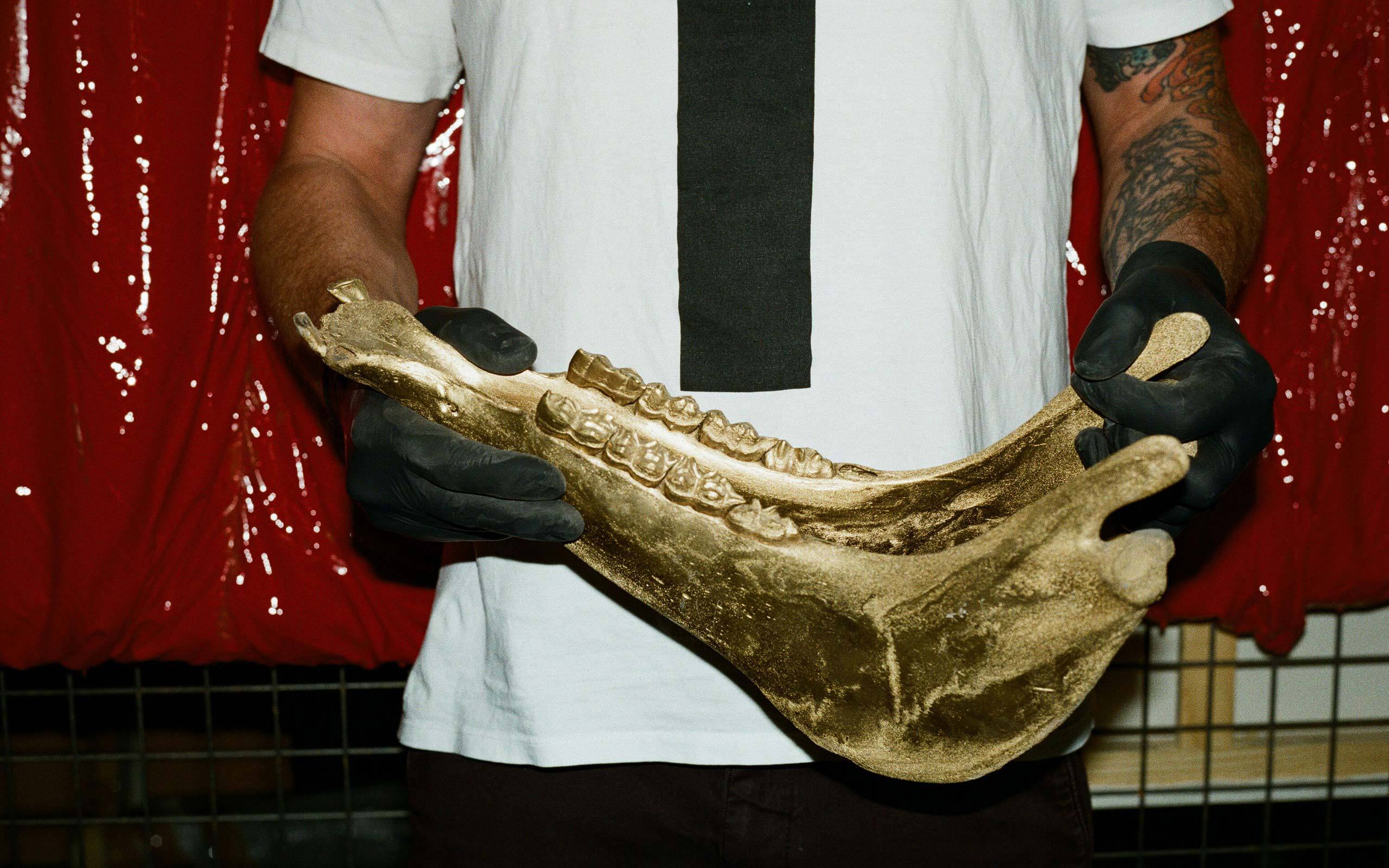
Besides ruins fences appear frequently in your works. What can you tell us about that?
Fences are directly connected to ruins, because in front of every ruin is usually a fence. I understand fences as systems of reference and grids. The fence with its many holes through which one can look is the sum of all possibilities and the essence of solicitation. Fences seem to define, but they can simply be passed and in a subtle sense play with those who disappears behind them, because the closer I come to a fence the more it vanishes before my eyes. Here I play with very philosophical aspects like the question: “On which side are you standing?”
How do you integrate the fences in art?
The topic of fences has interested me since 2009. They provide a possibility to connect my past with the canvas. I have made so-called steel-cut-outs, I made cuts with a steel plasma cutter or split or gilded real fences, I made holes larger and enhanced irregularities in exciting material. In the series Expanded Metal Paintings I use stretch metal mesh as brushes by coating them very thickly with oil paint and turning them into paintings by pressing them onto the canvas. In one project in the public space, at Gaudenzdorfer Gürtel, I gilded the fence around a “basketball hoop”, in order to literally create a “golden cage”.
The urban space as an art location doesn’t allow you much access anymore. How do you work in the public space?
I begin with topics that I have explored in my entire work including ruins, fences, and “deception of perception”. In Bad Gastein, on the occasion of sommer.frische.kunst in 2013, I gilded on site the construction fences of four empty Belle-Epoque houses, property of the Viennese investor Franz Duval. This work quickly became a new tourist attraction and drew new attention to dilapidated houses and historical buildings. In addition, I heaped up a huge pile of granite stones at the main plaza in Bad Gastein and sprayed them with the color gold. Day by day I could observe how people secretly took a stone and put it back when they recognized that it wasn’t real gold. I’ve changed their perception and caused an intervention. Through putting back the taken stones the viewers slowly exposed the artwork, it didn’t remain the same. I found my work quite appropriate, because Bad Gastein is a former gold rush town.
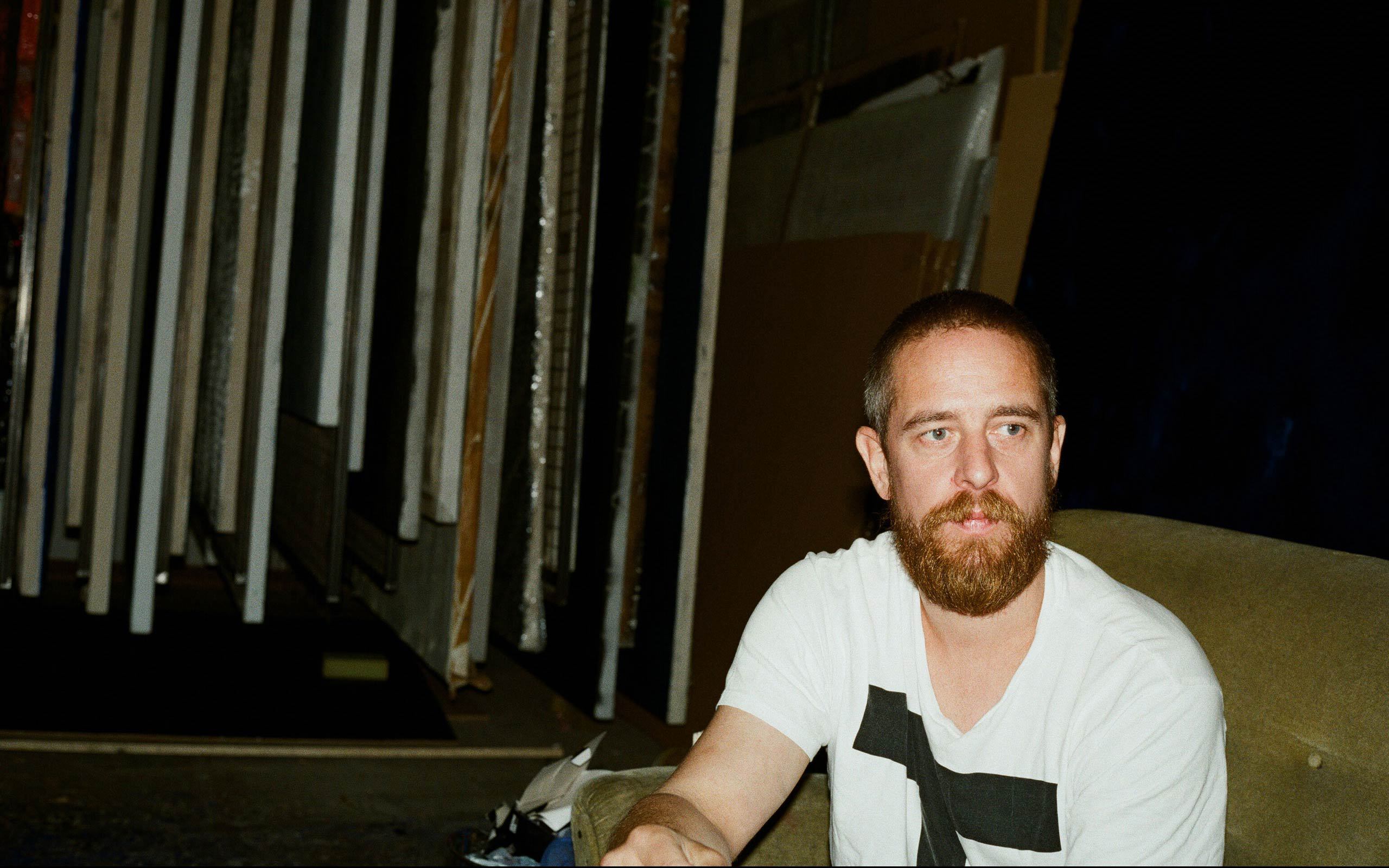
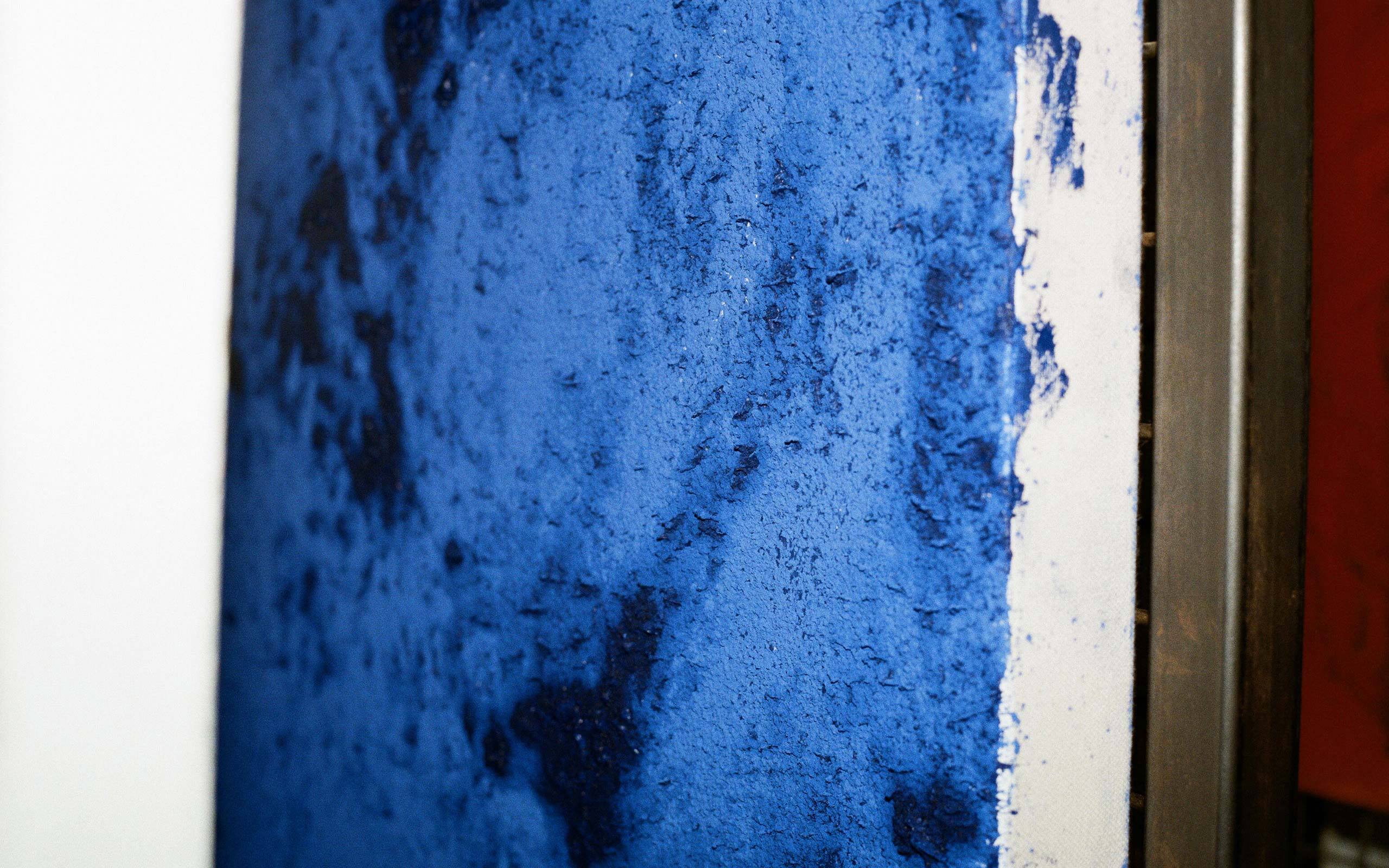
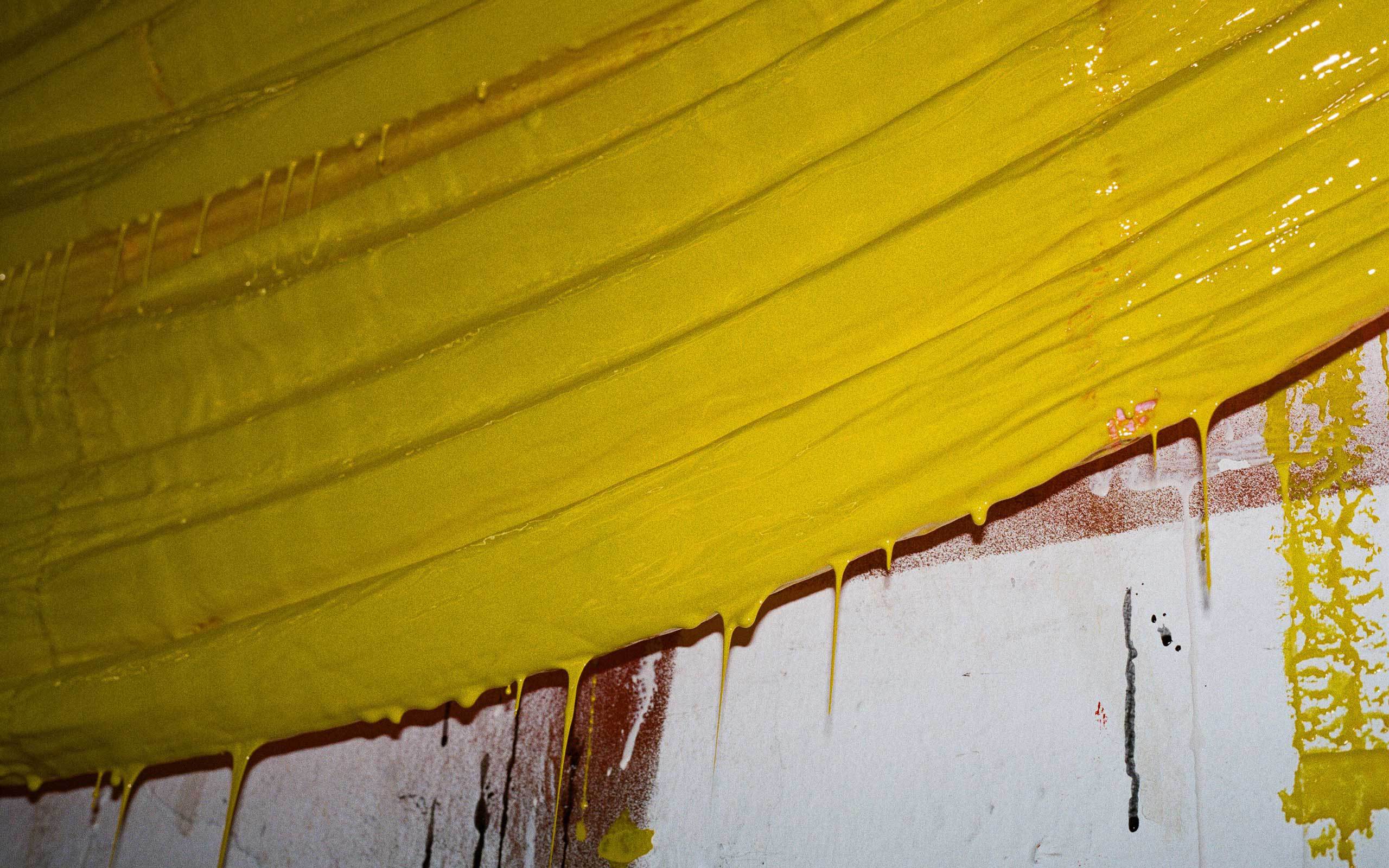
Art in the public space is often questioned and frequently misunderstood by the most directly affected neighbors. How do you deal with that?
Counter to my experience in Bad Gastein, I have the experience of people questioning loudly about who is paying for the art and is tax money being used. I also heard some demands that red be used as a color rather than gold. These questions don’t disturb me because they are a starting point for exploration of my art. An artist can experience this moment only when working in the public space. This doesn’t occur in a museum because such an institution serves an art and culture related audience that is less questioning concerning financing for art. I like to work far away from the big museums and galleries because a really exciting challenge can develop.
The meaning of Street Art has not yet been completely clarified in art history. Many voices speak out against galleries that focus on Street Art questioning its artistic relevance. What is your opinion regarding this topic as a former sprayer and a professional artist?
I think one must differentiate between whether one is dealing with works by street artists that have been produced for a presentation in a gallery or genuine works from the street. In the first case I find that the works’ magic is lost in such a location. One can no longer speak of street art, because the “street” is missing. At the end of the day this is a question that street artists have to pose to themselves. They have to determine which strategy they want to pursue. Street art and graffiti developed in the public space as an instrument of communication and function there best. Whether and who can decide if this is art or not is in my opinion something of a philosophical question.
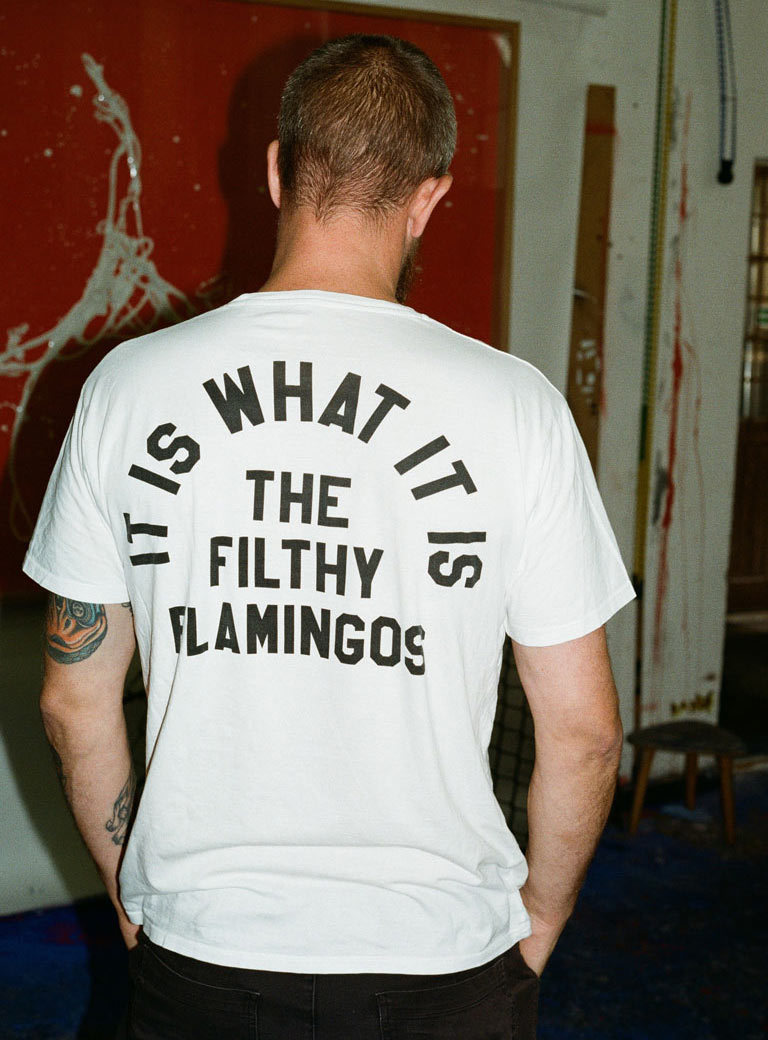
Interview: Alexandra-Maria Toth
Photos: Christoph Liebentritt
Links:
Clemens Wolf's website
Galerie Steinek, Vienna
Galerie Clemens Gunzer BACKSLASH gallery, Paris


